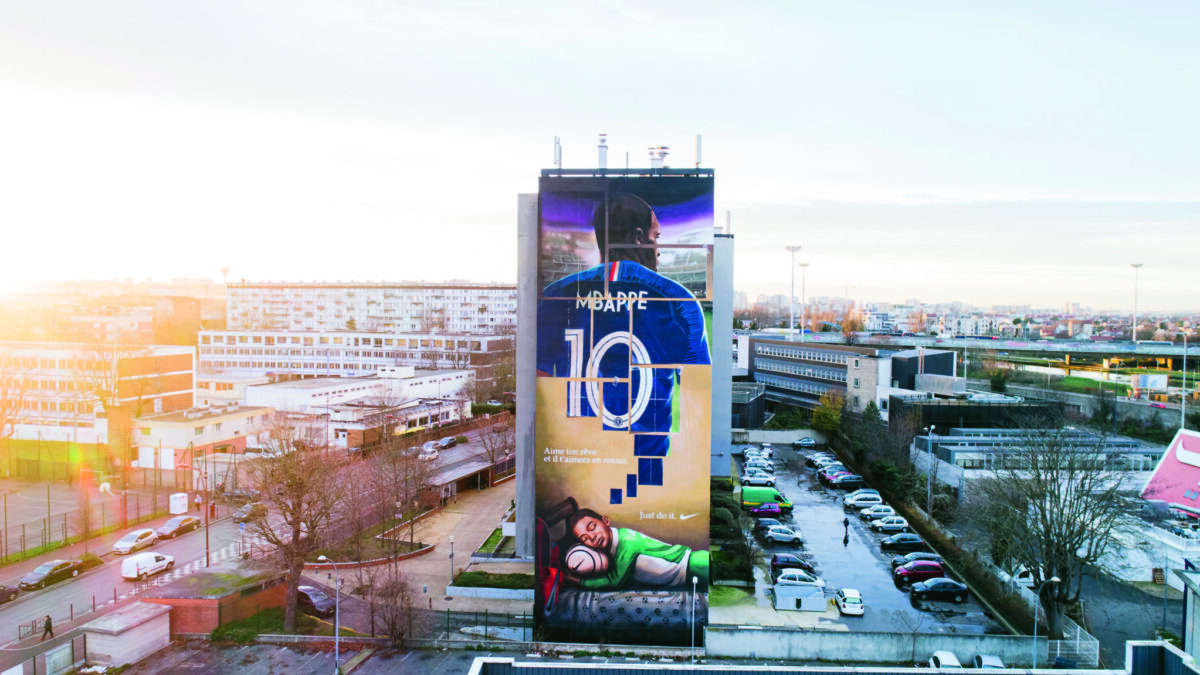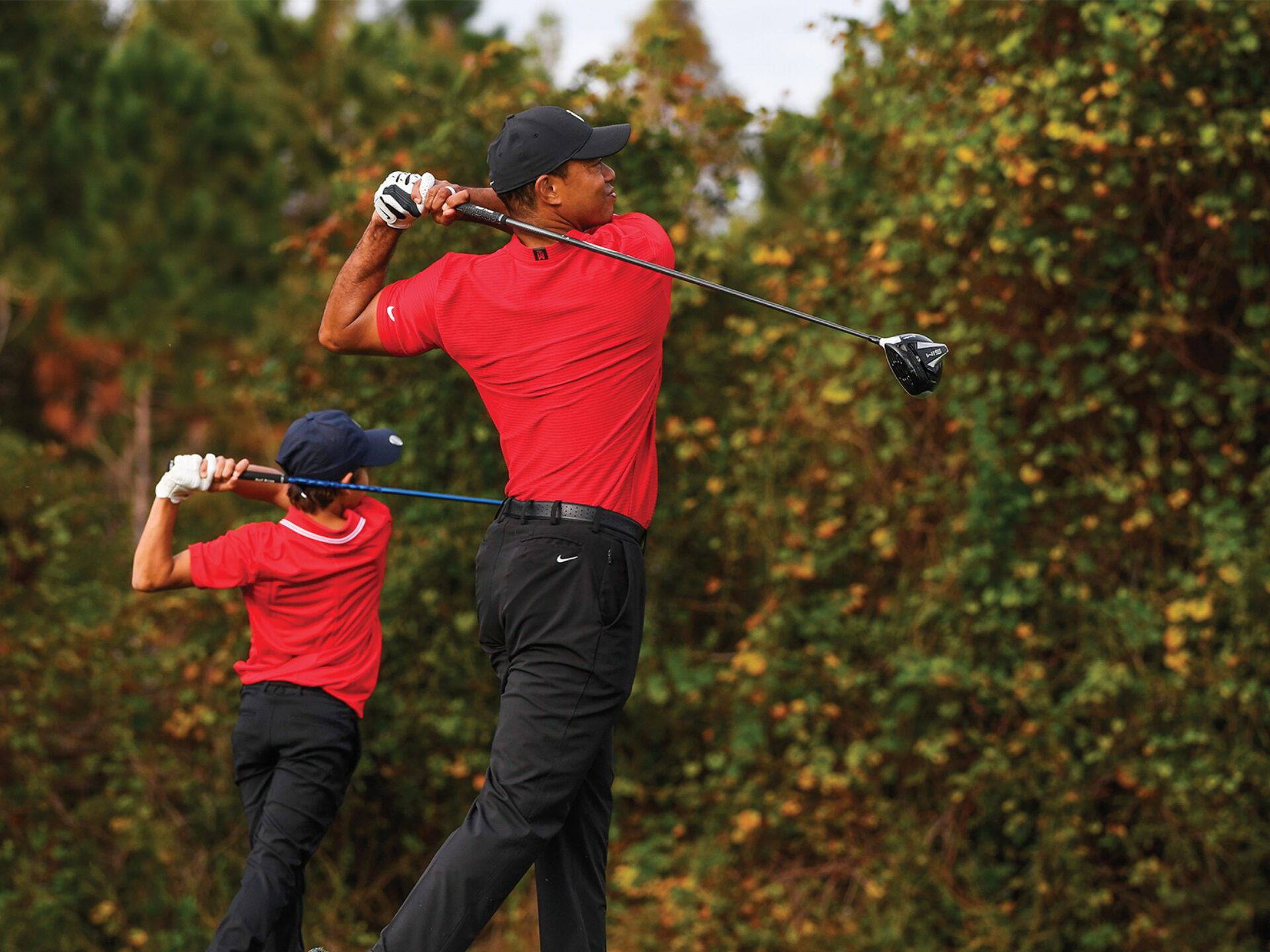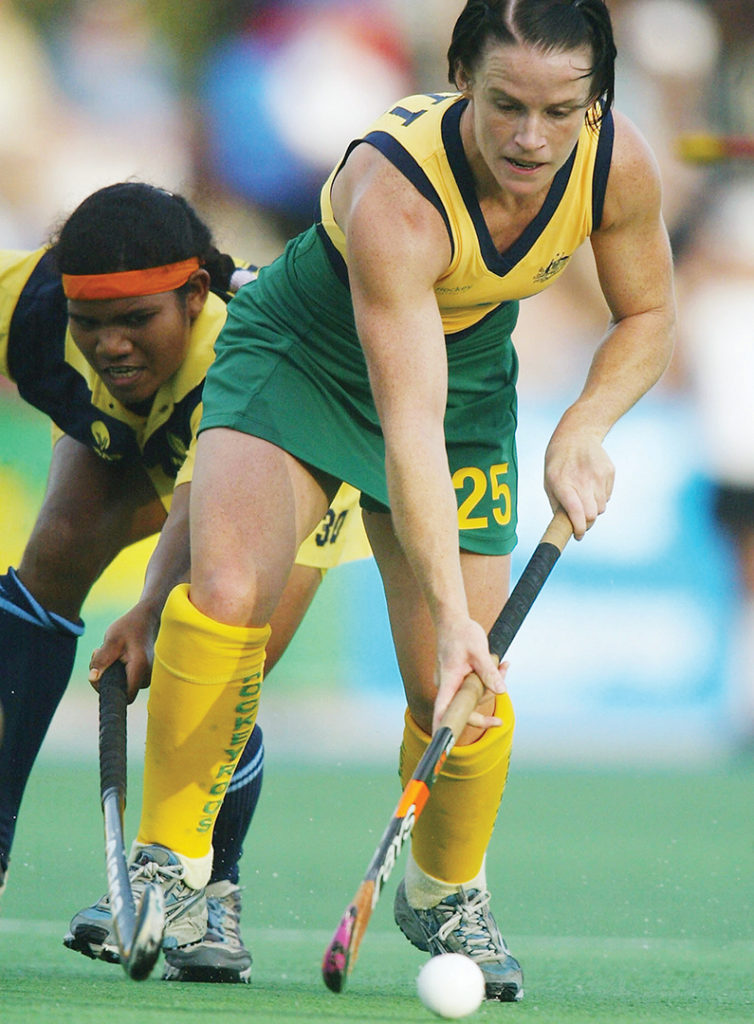Magazine

November 15, 2021

This article was originally published in Populous Magazine, our biannual publication featuring news and trends from the worlds of sport, entertainment, and major public events. Find out more, and sign up to receive a free copy, here.
Very few young athletes are blessed with champion parents to coach them. However, there are certain key factors and choices that turn sporting prodigies into elite athletes, as Mark Williams and Tim Wigmore explain in their book The Best: How Elite Athletes Are Made.
Innate skill and endless practice will only get you so far. In their book The Best: How Elite Athletes Are Made, sports academics Mark Williams and Tim Wigmore pinpoint a plethora of key factors, life choices, techniques and tactics that athletes ought to embrace in order to excel at an elite level. “The axiom that every athlete is unique obscures the commonalities in the journeys of many of those who go on to be elite,” they write.
Younger siblings are normally stronger at sport than their older siblings. “First-borns have to wait for their parents to play with them, or their parents to arrange play-dates,” Williams and Wigmore write. “Those with elder siblings do not. They are born with someone to play with – and if their elder siblings are ferried around to play sport, they will often be taken along with them, increasing their exposure to regular sport at a younger age.” In addition, second time rd, parents are better at navigating the junior coaching systems in sport.
Younger siblings often take more risks in sport, and compete with more cunning. This is down to parents being more indulgent with later-born children, allowing them to play outside at a younger age and engage in more high-risk activities. “According to analysis, younger brothers are ten times more likely than their older brothers to attempt to steal a base in baseball,” the authors write. “[Post-World War II player] Jackie Robinson, acclaimed as the ‘father of base stealing’, had four elder siblings.”
One school in the United Kingdom – an independent school in Somerset called Millfield – has produced at least one Olympic athlete in every summer Olympic Games since 1956; normally a lot more. In the London Olympics, in 2012, ex-Millfield students won more gold medals than the national teams of Mexico, India, Egypt and Belgium combined. That’s an aggregate population of well over 1.5 billion.

Being left-handed offers athletes in a plethora of sports distinct advantages. In baseball, left-handers naturally stand closer to first base than right-handers, and employ a swing that generates momentum towards first base. In cricket, golf and baseball, left-handers will place their dominant hand at the top of the grip, giving them more control over shots.
Only ten per cent of the general population is left-handed. In sports such as baseball, cricket, boxing, volleyball and tennis, southpaw athletes are wholly accustomed to competing against right-handers (90 per cent of the time), however, right-handers often struggle to adapt to left-handers (just ten per cent of their opponents).
Greater Paris, or the Île-de-France, as the French call it, has produced more elite soccer players than any other city in the world. A total of 60 players who appeared in the last five men’s FIFA World Cup finals hailed from the French capital. Williams and Wigmore believe this is thanks to the popularity of four and five-a-side street soccer matches – known locally as ballon sur bitume (ball on asphalt). “Because games are played in smaller areas, and the number of players per side is fewer, each player is more involved,” they write. “Players get more time on the ball and more touches than in structured matches.”
There is a similar benefit in Brazil through beach soccer, street soccer and futsal; in the United States through pick-up games of basketball; in the Dominican Republic through park baseball; and in Trinidad and Tobago through street cricket.
Early specialisation in a single sport is not always beneficial. The authors cite Canadian sports scientist Jean Côté who advocates a three-stage model for young athletes with the goal of turning professional:
1 Sample as many sports as possible until early teenage years.
2 In early to mid-teens, focus on a handful of main sports.
3 Specialise in just one sport from mid to late-teens.
England soccer player Marcus Rashford, who enjoyed soccer, cricket, rounders, badminton and tennis at school, before dropping all other sports to focus on soccer, is a good example of this model.
"Sample as many sports as possible until early teenage years..."
In the Northern Hemisphere, if you hope to become a professional athlete, July is the worst month to be born in. In many sports, the selection year normally starts in September, meaning that July babies – the youngest in their cohort – are at a distinct physical disadvantage.
Conversely, in certain artistic sports such as gymnastics and figure skating, the youngest are at an advantage thanks to their smaller, lighter bodies, especially when it comes to girls.
Trevor Bauer is a pitcher for the Los Angeles Dodgers, and is renowned for deceiving batters with his vast repertoire of pitch types. Four-seam, two-seam, change-up, cutter, curveball, slider… batters facing him are often bamboozled since each different style starts off on exactly the same trajectory before changing direction in the final milliseconds. Bauer explains his tactics by using the analogy of a tree with many branches. “The trunk is at the pitcher’s end and the branches are at the hitter’s end,” he says. “All the pitches would travel down the trunk so they’d all look the same, and then they’d split off on the different branches of the tree as they got closer to the plate.”
Many athletes employ give-away tells before playing in a certain way. For example, US tennis champion Andre Agassi used to predict the service direction of his rival Boris Becker. The German player would poke his tongue out left or right, depending on which direction he planned to serve. “Agassi could identify Becker’s tell, like a poker player who knows when an opponent is bluffing,” Williams and Wigmore write. Once he had decoded this tell, Agassi won 10 out of their next 11 matches.
The authors predict a revolution in performance enhancement through sports technology. Advances in shoe and clothing design, data analysis of athletes’ performances, sleep coaching, stem-cell tissue reparation, personal chefs, training with virtual reality headsets… these and other high-tech solutions will all become commonplace, they say.
In cricket, unconventionally bowled balls often result in wickets. One study has shown that elite batsmen make more errors when the ball they face is badly delivered. Another study of 70,000 balls delivered by spin bowlers in Test matches found that, surprisingly, full tosses – considered by many as poor deliveries – captured wickets more regularly than any other length of delivery.
“Ultimately, perhaps more than anything else, what defines the best athletes is their adaptability,” the authors conclude. “Leading athletes adapt physically, physiologically, technically, tactically and psychologically to the demands they face during practice and competition.”
The Best: How Elite Athletes Are Made by Mark Williams and Tim Wigmore is out now in paperback.
This British tennis champion, who became the first qualifier to win a grand slam in the Open Era when she rampaged to victory at the US Open in September, enjoyed many of the classic benefits common to young athletes reaching the elite level in their sport. Both her parents demanded that she apply herself to her métier, and she admits that, although they were supportive, they were also “pretty tough on me when I was young”.
Granted, she may not have older siblings, one of the determinants of sporting success highlighted in Williams and Wigmore’s book (see left), but she does fulfil three other key criteria:
She was born in November, one of the older kids in her school cohort, arming her with advantages of height, strength and confidence.
She grew up in a mid- sized suburban town, on the south-eastern edge of Greater London. Local tennis facilities were numerous, easy to access and well-funded. Her local clubs, The Parklangley Club and Bromley Tennis Centre, were large enough to offer excellent coaching, but far enough from central London that courts were usually available.
She didn’t specialise in tennis too soon, enjoying golf, ballet, horse-riding, skiing, basketball, table tennis, go-karting, swimming, tap-dancing and motocross. “I was initially in ballet, then my dad hijacked me from ballet and threw me into every sport you could imagine,” she explains. “He wanted to give me a diverse skill set.”
Lorem ipsum dolor sit amet consectetur, adipisicing elit. Non facere corporis et expedita sit nam amet aut necessitatibus at dolore enim quis impedit eius libero, harum tempore laboriosam dolor cumque.
Lorem, ipsum dolor sit amet consectetur adipisicing elit. Illo temporibus vero veritatis eveniet, placeat dolorem sunt at provident tenetur omnis, dicta exercitationem. Expedita quod aspernatur molestias eum? Totam, incidunt quos.